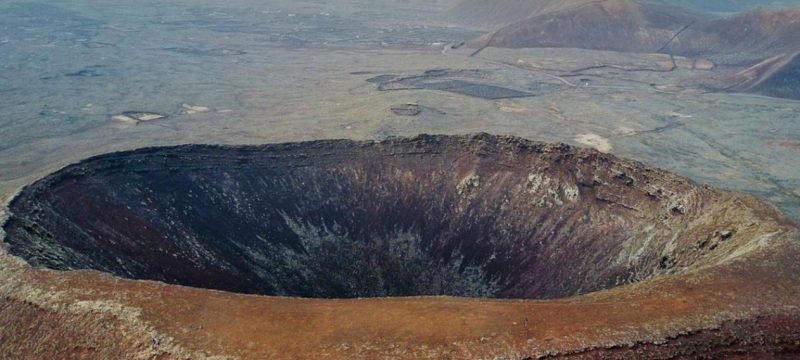Researchers in Western Australia’s Pilbara region have uncovered the world’s oldest known meteorite impact crater, estimated to be around 3.47 billion years old, pushing the previous record back by over one billion years. The newly identified crater spans 100 kilometers (62 miles) and was formed by a massive space rock impact on an early Earth, which was largely covered in water at the time.
Led by Chris Kirkland from Curtin University, the discovery provides valuable insights into Earth’s geological history and the origins of life. The impact, which scattered debris globally, left behind evidence of shock waves that altered surrounding rocks. Notably, the team found shatter cones, unique features of meteorite impacts, in the North Pole Dome area of Pilbara, proving a significant collision took place.
Also Read: Chinese Scientists Develop World’s First Carbon-Based Microchip with Ternary Logic for AI Tasks
The crater’s formation may have contributed to the development of life by creating favorable physical and chemical conditions, like hot water pools, in the aftermath of the impact. This aligns with theories suggesting meteorite impacts played a key role in the formation of Earth’s first continents and may offer clues in the search for past life on Mars.
This groundbreaking discovery offers a new perspective on Earth’s early history and opens avenues for research into the origins of life.









